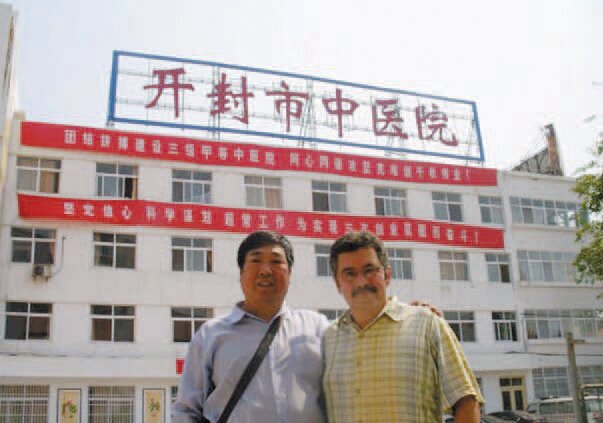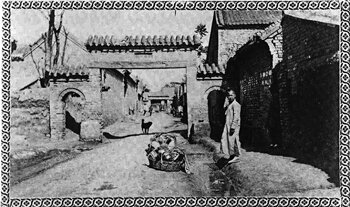|
||||||||||||||||||
|
||||||||||||||||||
|
|
||||||||||||||||||
Kaifeng
Warning: Parameter 1 to modMainMenuHelper::buildXML() expected to be a reference, value given in /home/joomla789/domains/jewishtimesasia.org/public_html/libraries/joomla/cache/handler/callback.php on line 99

Jewish Times Asia is published by Jewish Times Asia Ltd. © Copyright 2019.
Material in the newspaper or on this site may not be used or reproduced in any form or in any way without permission from the editor.
While every effort has been made to ensure the content is true and accurate, the publisher is not responsible for any errors or omissions in the printed text.
Material in the newspaper or on this site may not be used or reproduced in any form or in any way without permission from the editor.
While every effort has been made to ensure the content is true and accurate, the publisher is not responsible for any errors or omissions in the printed text.




















